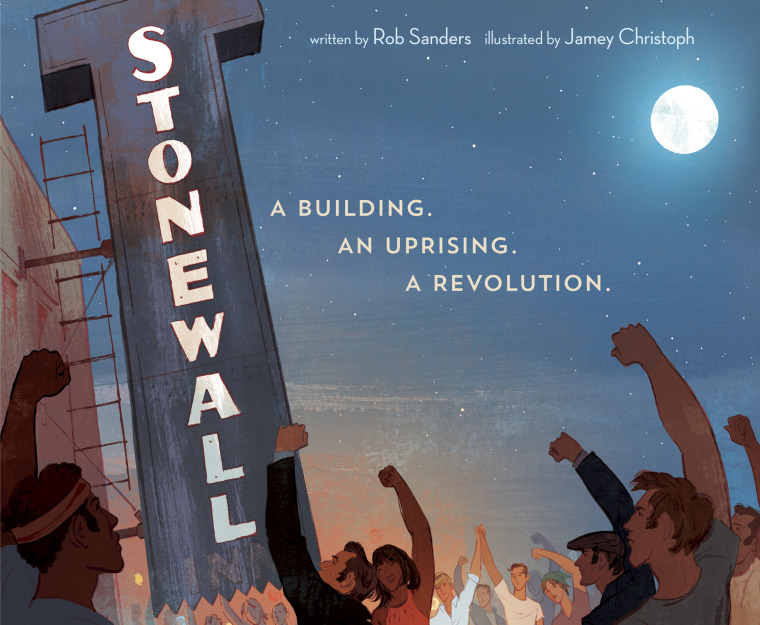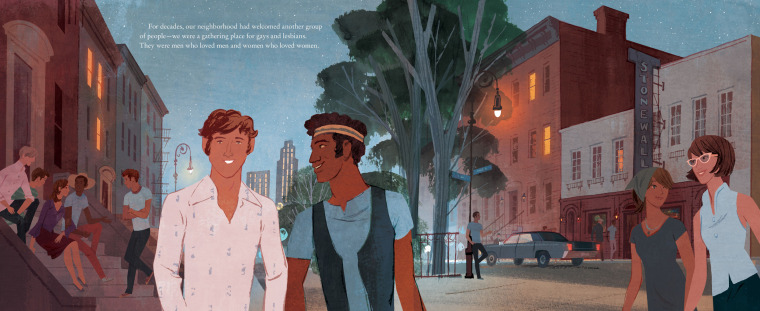Book Review: “100 Times: A Memoir of Sexism” by Chavisa Woods
“There are horror movies about women behaving this way. There are romantic comedies about men doing the same.”—100 Times: A Memoir of Sexism
The new book by Chavisa Woods, which was released on June 25th of this year, sat unread on my nightstand for a good week before I managed the courage to pick it up. The title alone terrified me: 100 Times: A Memoir of Sexism. As a person who is sexually harassed regularly and has been sexually harassed for the majority of my adult life, it seemed like reading a book that dives into the compounding trauma of frequent sexual harassment would be traumatizing, or at least something I’d not want to do for recreational sport. Which reading is, of course—recreational sport.
Still, the very upfront title had both repelled and intrigued me, and once I started the book I didn’t put it down until I’d finished it. The book details one hundred different instances of gender-based harassment, violence, dismissal, and/or oppression, from verbal slights to overt assault. As the book progresses, we see the ways this constant harassment changes Woods, who becomes a person ever-ready for attack—a person who fights back:
Then he looked scared of me, and stepped away quickly, and looked me up and down. A few punk queers who were in the bar applauded. (This was a punk bar). The man went and set down his drink at the far end of the bar, and didn’t talk to me again. I heard about man his age tell him, “Damn, that little girl in the miniskirt knocked you out!”
Here’s the trick about this book, which despite detailing one hundred different ways Woods has been harassed and assaulted, feels short: the days and weeks after I read the book, I noticed threat everywhere. I thought about how easily I could write a memoir like this of my own—I could write 100 Times about just a year of my life. So could most people I know. What Woods has done in chronicling her experiences is multifaceted: she has created a prism that shows the true, lived experiences of feminized bodies in the world; she has shown the progress of compounded trauma; and she has, by naming it and logging it, shown how persistent, every day, and accepted the behavior is.
We need work like Woods’ memoir in the world. Repetition is a strong form for delivering important political messages—Gertrude Stein deployed repetition in Lifting Belly in a time when she was not allowed to love the way she loved. Woods deploys it in a different, albeit laterally powerful, move; by showing the omnipresence of gendered violence, she is showing the seams of patriarchy.
This text is not only a vital read for those who have experienced gender violence, but also for those looking to enact real allyship and create real change in the world. I suspect this text will become a vital tool for teaching, reclaiming, and collectively mourning for years to come.
100 Times: A Memoir of Sexism
By Chavisa Woods
Seven Stories Press
Paperback, 9781609809133, 240 pp.
June 2019

